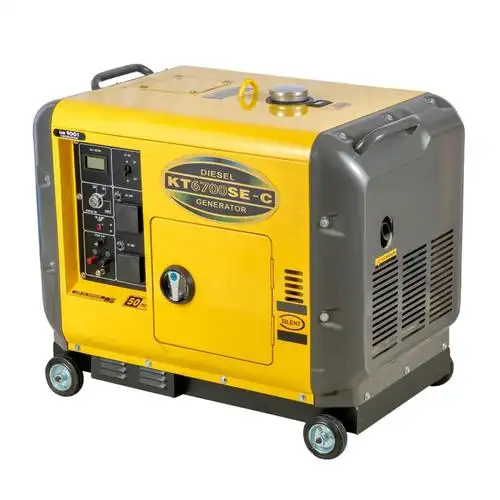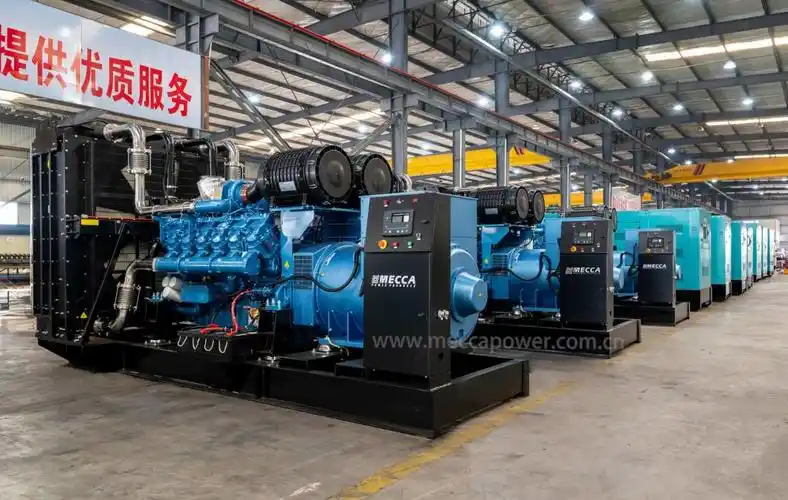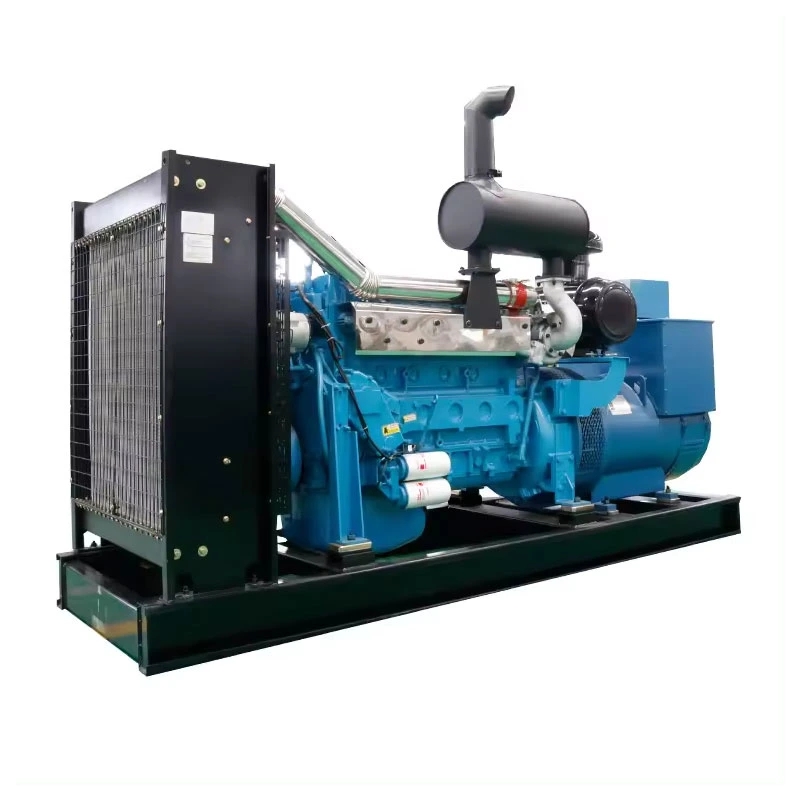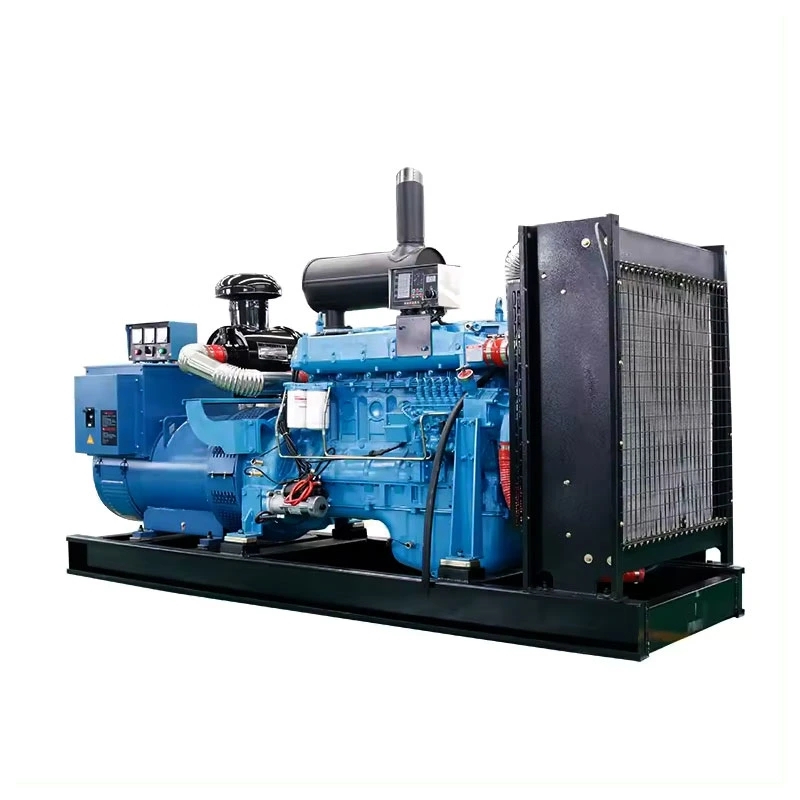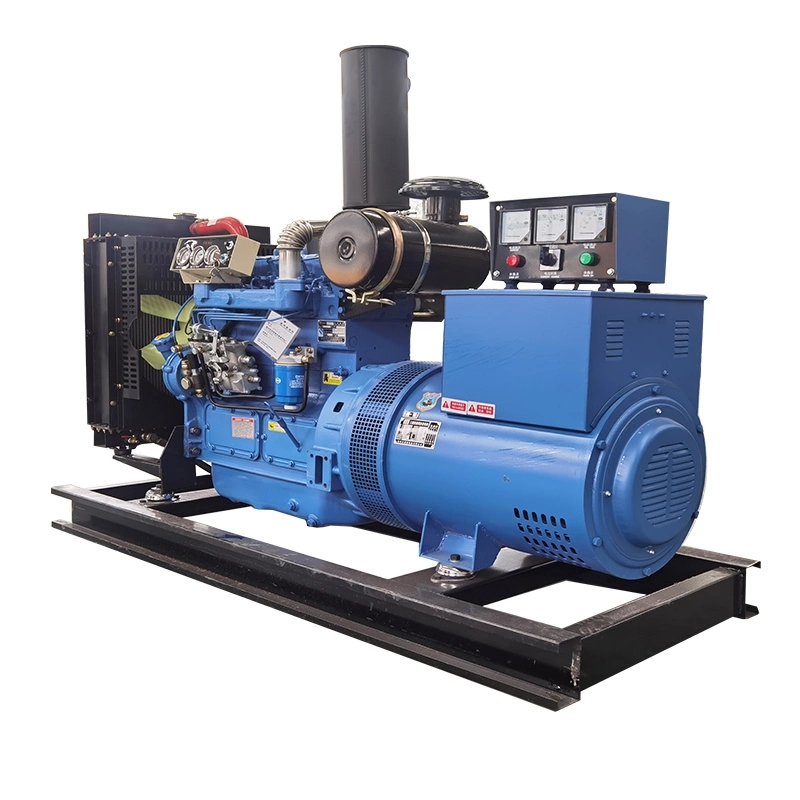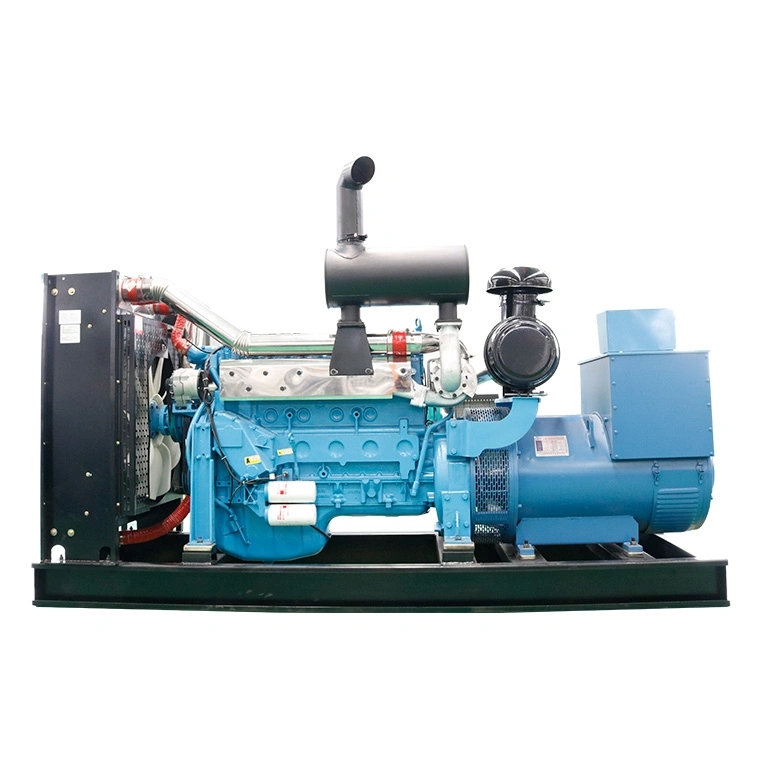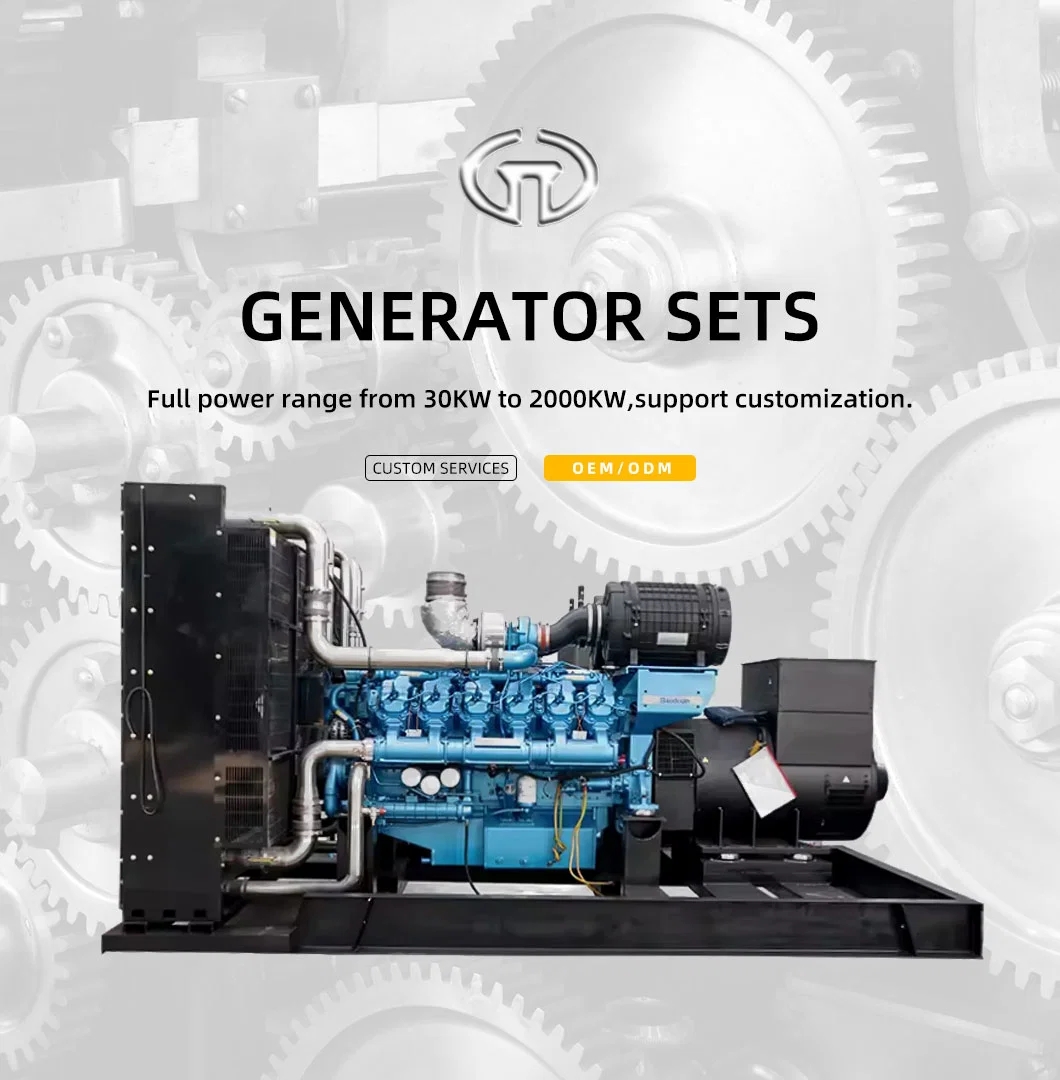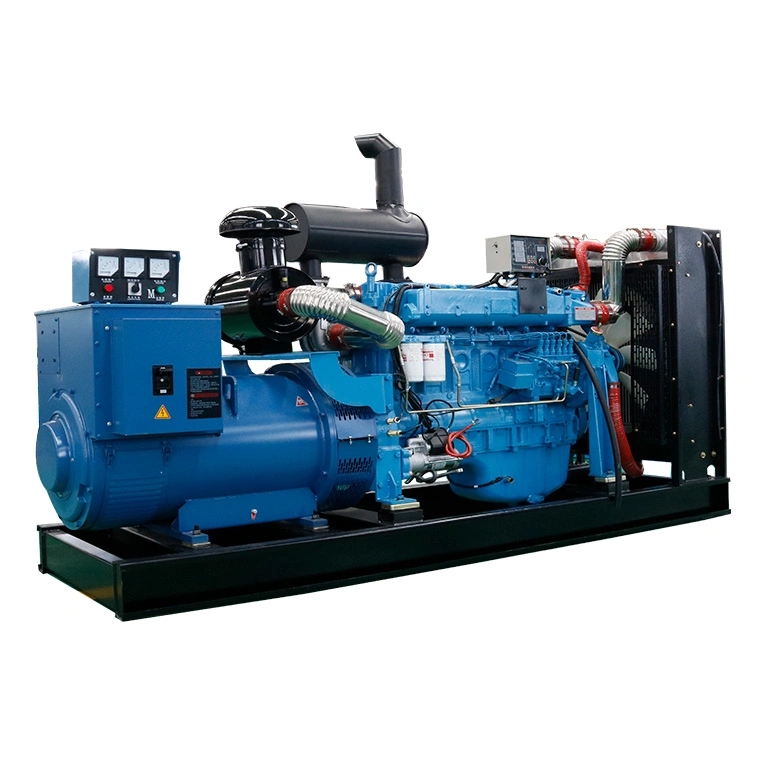Table of Contents
Toggle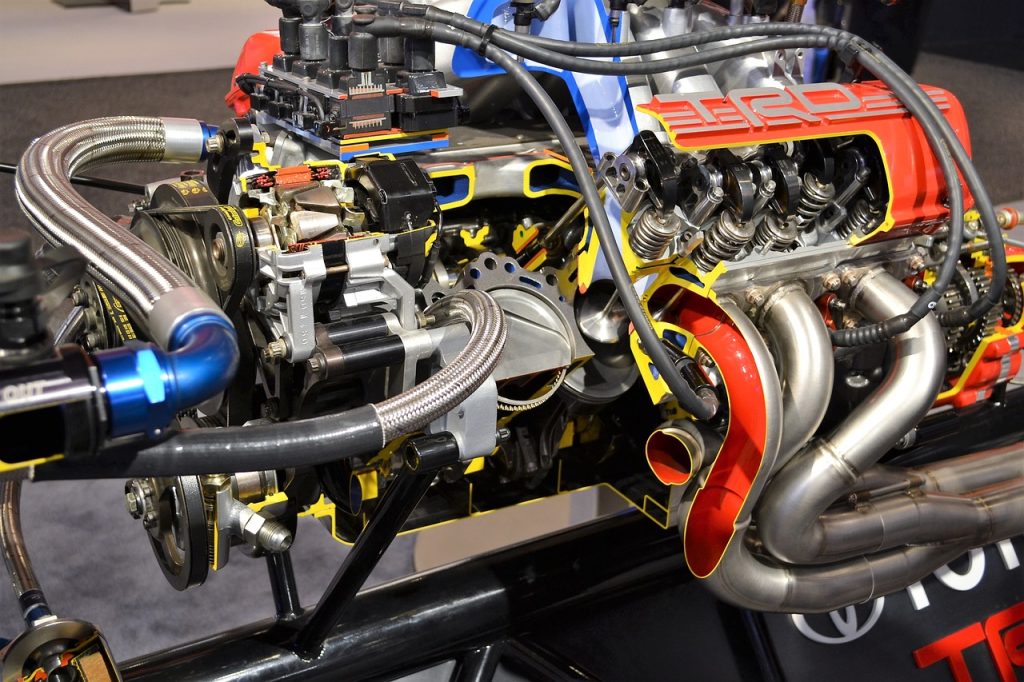
Overview of Diesel Engines
Diesel engines, marvels of engineering prowess, are a class of internal combustion engines that have become indispensable in powering various industries worldwide. From transportation to agriculture, construction to maritime, these robust powerhouses have etched their mark as the driving force behind countless operations. This article delves into the intricacies of diesel engines, exploring their fundamental principles, components, and diverse applications.
Principles of Operation
At the core of a diesel engine lies a remarkable process known as compression ignition. Unlike gasoline engines that rely on spark plugs to ignite the fuel-air mixture, diesel engines leverage the immense heat generated by compressing air to initiate combustion. This ingenious mechanism eliminates the need for an external ignition source, making diesel engines inherently more efficient and reliable.
The operating cycle of a diesel engine comprises four distinct strokes:
- Intake Stroke: During this phase, the piston descends, drawing in fresh air through the intake valve into the cylinder.
- Compression Stroke: As the piston ascends, it compresses the air within the cylinder, raising its temperature and pressure to extreme levels.
- Power Stroke: Diesel fuel is injected directly into the scorching compressed air, causing spontaneous combustion. The resulting explosive force propels the piston downward, generating the engine’s rotational power.
- Exhaust Stroke: The spent combustion gases are expelled through the exhaust valve as the piston rises, completing the cycle.
This continuous sequence of strokes, fueled by the precise injection of diesel fuel into the high-pressure, high-temperature environment, drives the crankshaft and harnesses the immense energy released during combustion.
Diesel Engine Configurations
Diesel engines can be classified based on various criteria, including the number of strokes required to complete a cycle and the power output capacity. Two primary configurations dominate the diesel engine landscape:
Two-Stroke Diesel Engines
In a two-stroke diesel engine, the entire cycle is accomplished within two piston strokes – one for compression and power, and another for exhaust and intake. This design offers a compact and lightweight construction, making it suitable for applications where space and weight are crucial factors. However, two-stroke engines are more susceptible to wear and tear due to their rapid firing sequence.
Four-Stroke Diesel Engines
The four-stroke diesel engine is the most prevalent configuration, widely employed in automobiles, trucks, and heavy machinery. As the name suggests, this design requires four piston strokes to complete a single cycle: intake, compression, power, and exhaust. Four-stroke engines are renowned for their durability, efficiency, and longevity, making them the preferred choice for demanding applications.
Key Components
Diesel engines are intricate assemblies comprising numerous components, each playing a vital role in ensuring smooth and efficient operation. While the specifics may vary across manufacturers and models, several core components are found in most diesel engines:
Cylinder Block and Head
The cylinder block serves as the foundation, housing the cylinders where combustion takes place. The cylinder head, mounted atop the block, seals the combustion chambers and incorporates essential components such as valves and fuel injectors.
Pistons and Connecting Rods
Pistons, reciprocating within the cylinders, are the driving force behind the engine’s power generation. They are connected to the crankshaft via connecting rods, translating the linear motion of the pistons into rotational motion.
Crankshaft
The crankshaft is the central rotating component responsible for converting the reciprocating motion of the pistons into the rotational force that ultimately powers the vehicle or machinery.
Fuel Injection System
The fuel injection system is the heart of a diesel engine, precisely metering and injecting diesel fuel into the combustion chambers at the optimal timing and pressure. This system typically comprises a high-pressure fuel pump, fuel injectors, and a fuel rail.
Turbocharger
Many modern diesel engines incorporate turbochargers to enhance performance and efficiency. These devices compress the incoming air, increasing its density and enabling more fuel to be burned during each combustion cycle, resulting in greater power output.
Cooling and Lubrication Systems
Diesel engines generate immense heat and friction during operation. The cooling system, typically water-cooled, dissipates excess heat, while the lubrication system ensures proper lubrication of moving components, minimizing wear and tear.
Applications of Diesel Engines
The versatility and durability of diesel engines have made them invaluable across a wide range of industries and applications:
Transportation
- Passenger vehicles, particularly pickups and SUVs
- Commercial trucks and tractor-trailers
- Buses and coaches
- Marine vessels, including ships, boats, and barges
Agriculture
- Tractors
- Harvesters
- Irrigation pumps
- Generators
Construction
- Earthmoving equipment (bulldozers, excavators, loaders)
- Cranes
- Generators
- Compressors
Industrial
- Power generation
- Backup generators
- Pumps and compressors
- Mining equipment
Rail
- Locomotives
- Rail maintenance vehicles
The widespread adoption of diesel engines across these diverse sectors underscores their reliability, efficiency, and suitability for demanding applications.
Advantages of Diesel Engines
Diesel engines offer several compelling advantages over their gasoline counterparts, making them the preferred choice in numerous scenarios:
Fuel Efficiency
One of the most significant advantages of diesel engines is their exceptional fuel efficiency. Due to the higher compression ratios and leaner fuel-air mixtures, diesel engines extract more energy from each drop of fuel, resulting in superior mileage and reduced operating costs.
Torque and Power Output
Diesel engines are renowned for their impressive torque output, which translates into superior hauling and towing capabilities. This characteristic makes them particularly well-suited for heavy-duty applications, such as hauling cargo or powering construction machinery.
Durability and Longevity
The robust construction and simplified design of diesel engines contribute to their exceptional durability and longevity. With proper maintenance, diesel engines can operate for hundreds of thousands of miles or hours, significantly reducing downtime and replacement costs.
Reduced Emissions (with Modern Technologies)
While diesel engines have historically been associated with higher emissions, advancements in technology, such as exhaust aftertreatment systems and stringent emission regulations, have significantly reduced their environmental impact. Modern diesel engines are cleaner and more environmentally friendly than ever before.
Challenges and Future Developments
Despite their numerous advantages, diesel engines face certain challenges that continue to drive innovation and technological advancements:
Emissions Regulations
As environmental concerns grow, emissions regulations for diesel engines are becoming increasingly stringent. Manufacturers are continuously investing in research and development to meet these stringent standards while maintaining performance and efficiency.
Alternative Fuels
The exploration of alternative and renewable fuels, such as biodiesel and synthetic diesel, aims to reduce the environmental impact of diesel engines while ensuring a sustainable energy source for the future.
Electrification and Hybridization
The automotive industry is witnessing a shift towards electrification and hybridization, with diesel-electric hybrid powertrains emerging as a potential solution to combine the benefits of diesel engines with electric propulsion systems.
Noise and Vibration Reduction
Ongoing efforts are being made to reduce the noise and vibration levels associated with diesel engines, enhancing user comfort and minimizing environmental disturbances.
As technology advances and societal demands evolve, diesel engines will continue to adapt and innovate, ensuring their relevance and sustainability in an ever-changing world.
Maintenance and Service
Proper maintenance and service are crucial for ensuring the longevity and optimal performance of diesel engines. Regular oil changes, filter replacements, and adherence to manufacturer-recommended service intervals are essential to prevent premature wear and tear. Additionally, timely diagnosis and repair of any issues can prevent minor problems from escalating into major breakdowns, minimizing downtime and costly repairs.
Training and Certification
The complexity of diesel engines necessitates specialized training and certification for technicians and mechanics responsible for their maintenance and repair. Reputable educational institutions and vocational training programs offer comprehensive diesel engine courses, equipping aspiring technicians with the knowledge and hands-on experience required to excel in this field.
Conclusion
Diesel engines have proven their mettle as the workhorses of numerous industries, powering our world with unwavering reliability and efficiency. From the rugged construction sites to the vast open seas, these remarkable powerhouses continue to play a pivotal role in driving progress and sustaining our modern way of life. As technology advances and environmental concerns shape our future, diesel engines will undoubtedly evolve, adapting to meet the ever-changing demands of a dynamic world while remaining a cornerstone of industrial and transportation sectors.

